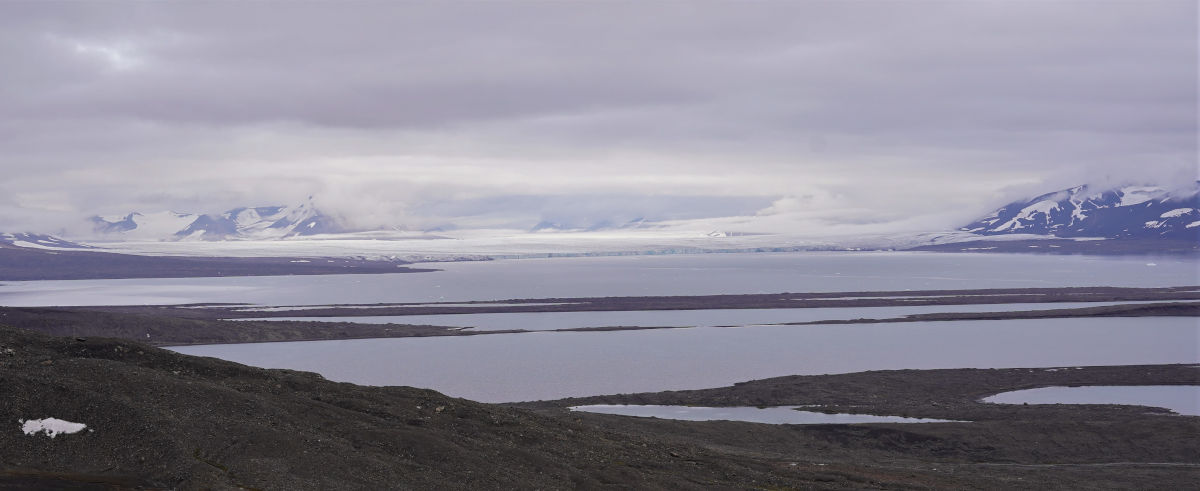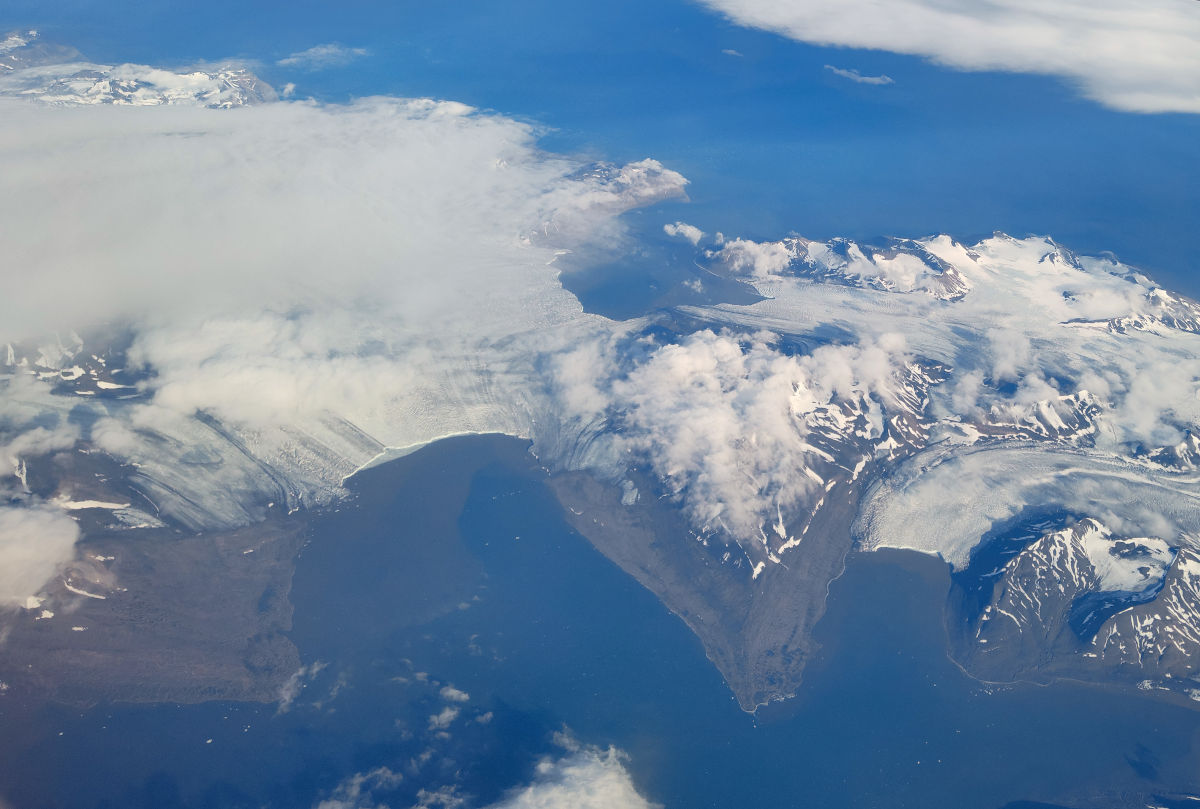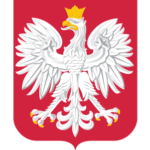Hornbreen-Hambergbreen glaciers (SE Spitsbergen) form an ice bridge separating Hornsund from the Barents Sea. As the research of our employees shows, the glaciers’ recession will presumably lead to the opening of a new strait in the following decades.
The radiocarbon dating of marine shells from glacial sediments indicates that similar fluctuations of glaciers, which led to the opening or closing of the Hornsund strait, occurred several times in the Holocene. Hornsund was a strait since c. 11,000 years ago until the climate cooling in the so-called neoglacial about 3,900 years ago when advancing glaciers blocked the channel. The re-opening of the strait occurred in the Medieval Warm Period, c. 1,300 years ago, until the climate cooling and the glaciers’ advance during the Little Ice Age. The Hornbreen-Hambergbreen glaciers reached their maximum extent in the late 19th century. Since then, the rapid glacier recession has consistently led to the decay of the ice isthmus and the re-opening of the Hornsund strait.
Osika A, Jania J, Szafraniec JE. Holocene ice-free strait followed by dynamic Neoglacial fluctuations: Hornsund, Svalbard. The Holocene. April 2022. https://doi.org/10.1177/09596836221088232







